The Apple docs on SKKeyframeSequence have brief sample code designed to create a gradient:
let colorSequence = SKKeyframeSequence(keyframeValues: [SKColor.green,
SKColor.yellow,
SKColor.red,
SKColor.blue],
times: [0, 0.25, 0.5, 1])
colorSequence.interpolationMode = .linear
stride(from: 0, to: 1, by: 0.001).forEach {
let color = colorSequence.sample(atTime: CGFloat($0)) as! SKColor
}
When combined with a drawing system of some sort, this is said to output this:
 How can this be drawn from the sampling of the sequence of colours in the demo code?
How can this be drawn from the sampling of the sequence of colours in the demo code?
ps I don't have any clue how to draw this with SpriteKit objects, hence the absence of attempted code. I'm not asking for code, just an answer on how to use this 'array' of colours to create a gradient that can be used as a texture in SpriteKit.
